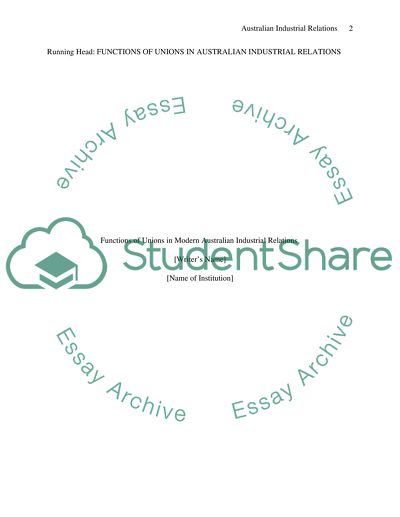Cite this document
(“Functions of Unions in Modern Australian Industrial Relations Research Paper”, n.d.)
Functions of Unions in Modern Australian Industrial Relations Research Paper. Retrieved from https://studentshare.org/politics/1508791-industrial-relations-bachelor-essay
Functions of Unions in Modern Australian Industrial Relations Research Paper. Retrieved from https://studentshare.org/politics/1508791-industrial-relations-bachelor-essay
(Functions of Unions in Modern Australian Industrial Relations Research Paper)
Functions of Unions in Modern Australian Industrial Relations Research Paper. https://studentshare.org/politics/1508791-industrial-relations-bachelor-essay.
Functions of Unions in Modern Australian Industrial Relations Research Paper. https://studentshare.org/politics/1508791-industrial-relations-bachelor-essay.
“Functions of Unions in Modern Australian Industrial Relations Research Paper”, n.d. https://studentshare.org/politics/1508791-industrial-relations-bachelor-essay.


